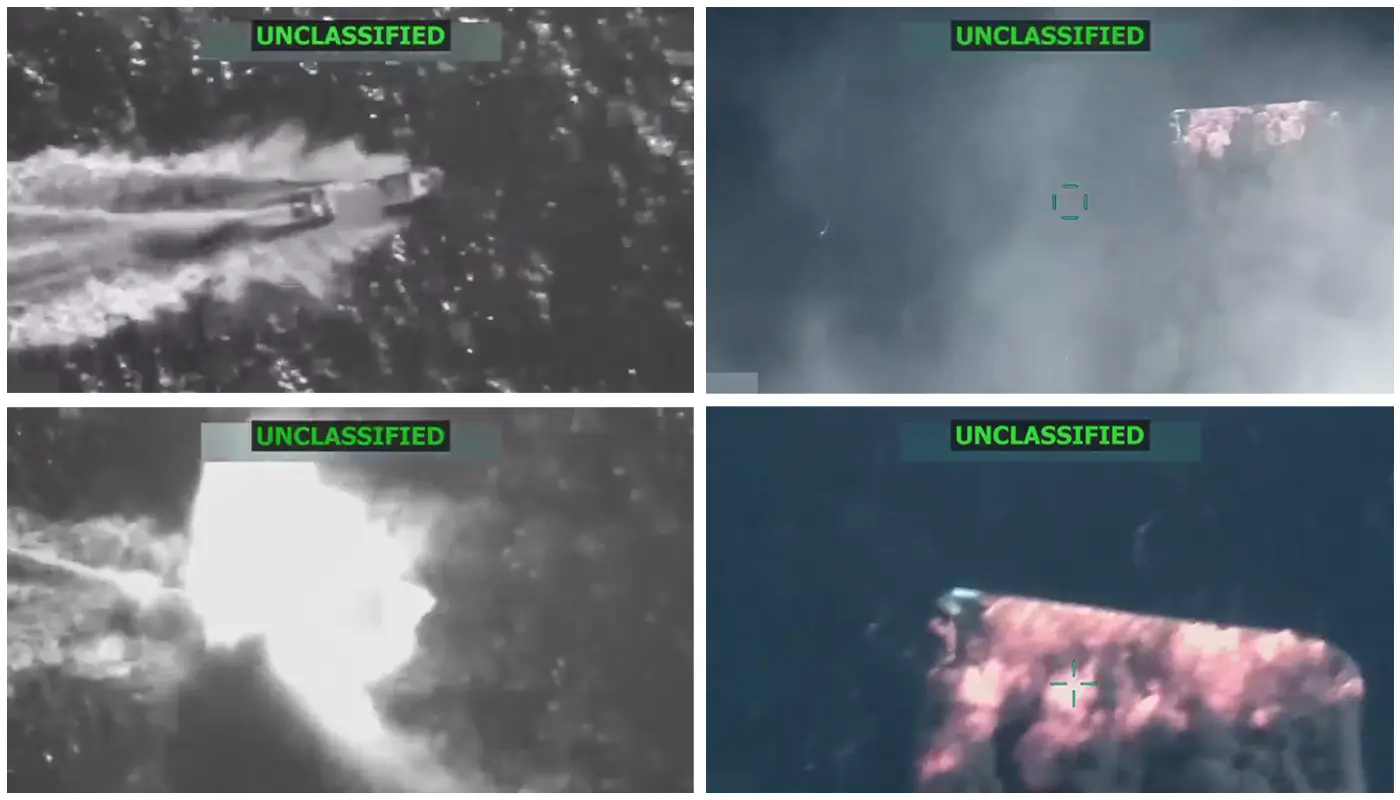The United States has announced its ninth military strike on a vessel it claims was engaged in drug-smuggling operations in Latin American waters, marking a significant escalation in its maritime campaign against narcotics trafficking and alleged “narco-terrorist” groups.
According to a statement from Pete Hegseth on X, the latest strike took place in the eastern Pacific Ocean and resulted in the deaths of three individuals aboard the craft. The US described the target as “a vessel alleged to be carrying drugs … along a known narco-trafficking route”. Earlier, another strike in the same ocean region killed two people, bringing the total death toll across the known strikes to at least 37.
The operation forms part of a broader campaign launched since early September, under the administration of Donald Trump, which has labelled major Latin American trafficking organisations as “foreign terrorist organisations” and claimed a legal basis to deploy lethal force in international waters.
Legal and diplomatic fallout
The US government argues the campaign is necessary to safeguard American lives and disrupt the flow of illicit narcotics. Hegseth posted on social media: “If you are a narco-terrorist smuggling drugs in our hemisphere, we will map your networks, track your people, hunt you down, and kill you.”
However, the operations have triggered deep concern over their political, legal and ethical implications. Experts note that treating drug-trafficking vessels as combatants in an “armed conflict” is legally murky, particularly since the US has not publicly released substantive evidence of the drug‐smuggling allegations.
Several Latin American governments have also raised objections. For instance, the president of Colombia claimed one of the boats struck by the US was crewed by Colombian citizens—an allegation which the White House promptly called “baseless and reprehensible”.
Strategic implications
The strikes, until recently concentrated in the Caribbean Sea, have now expanded into the Pacific Ocean, a region where much of the cocaine transits from Andean production zones to global markets.
Furthermore, the campaign is unfolding amid a large-scale US naval deployment to the region, including the positioning of an aircraft-carrier strike group, raising additional questions about the depth of the US military’s commitment to direct action in Latin America.
Context and concern
While drug trafficking poses serious challenges for multiple nations in the Americas, critics argue that bypassing traditional crime-fighting mechanisms and launching direct lethal force may set a dangerous precedent. Some analysts suggest the campaign may be as much about signalling US dominance and pursuing broader geopolitical goals than purely intercepting narcotics.
As the legal basis and justification of these strikes come under growing scrutiny, there is growing worry that escalation could lead to unintended regional conflict or sovereignty disputes. For Latin American nations, the prospect of foreign military operations in their maritime domains is especially sensitive.
What lies ahead
With at least nine strikes now reported and the death toll crossing 30, the Trump administration appears committed to continuing its offensive at sea. Whether this will translate into land-based operations remains an open question: President Trump has suggested such possibilities, while emphasising that Congressional authorisation may not be required.
In the coming weeks, observers will watch closely for further disclosures from the Pentagon on evidence of drug-trafficking connections of the targeted vessels, as well as responses from Latin American governments and international legal bodies regarding the legitimacy of the strikes.
Sources: Al Jazeera, Tanzania Standard Newspapers Limited, ABC News







